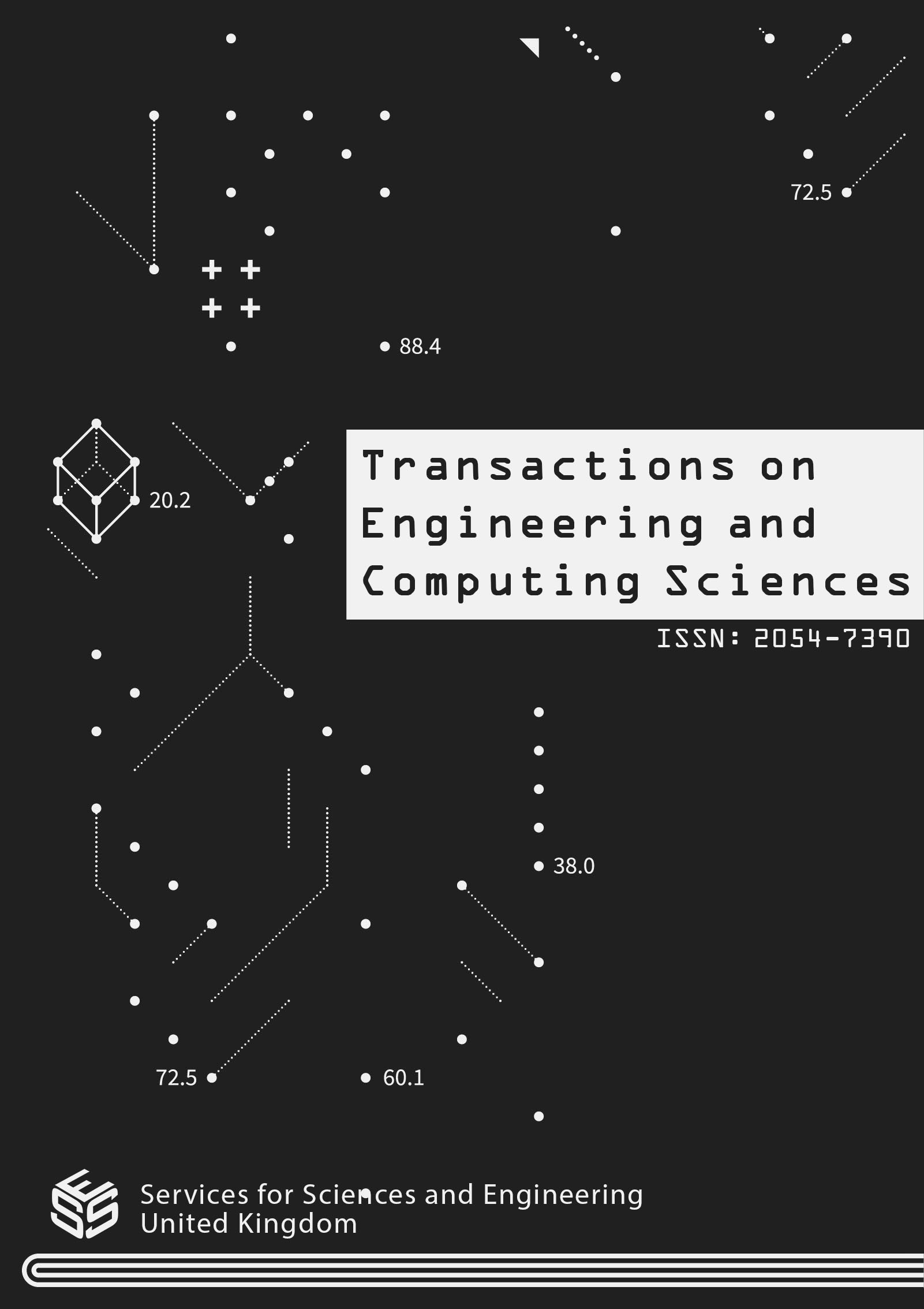K-Dramas in Google: A NetMiner Analysis
DOI:
https://doi.org/10.14738/tecs.111.14060Keywords:
K-drama, NetMiner, google, clique, n-clique, k-plex, k-coreAbstract
The ultimate goal of this paper is to analyze 41 articles of Google regarding K-dramas. As a research tool for our goal, we used the software package NetMiner. To begin with, this paper provides network properties such as the number of links, average degree, components (weak and strong), inclusiveness, reciprocity (Arc and Dyad), transitivity, clustering coefficient, a mean distance, and a diameter of nodes. Also, this paper argues that topic 4 was the most widely used one in 41 articles of Google, followed by topic 9, topic 1, and topic 12, in that order. The so-called soft clustering indicates that one node can belong to several clusters. It can be sub-classified into cliques, n-cliques, k-plex, and k-core. This paper provides the structural properties of cliques, n-cliques, k-plex, and k-core. The term clique means that all nodes in a group must be directly linked together. On the other hand, the term n-clique refers to two-stage links. If links take place within three nodes (two stages), then they belong to the same group. Similarly, the term k-plex indicates that when the number of nodes in a group is n and every node in the group is linked together more than n-k, the group is called a cohesive group. Finally, the term k-core refers to a set of nodes associated with more than k. The value of k was fixed as 3 in NetMiner. Thus, the software package NetMiner permits 3 cores only. This paper clearly shows which words belong to cliques, n-cliques, k-plex, and k-core, respectively.
Downloads
Published
How to Cite
Issue
Section
License
Copyright (c) 2023 Namkil Kang

This work is licensed under a Creative Commons Attribution 4.0 International License.






